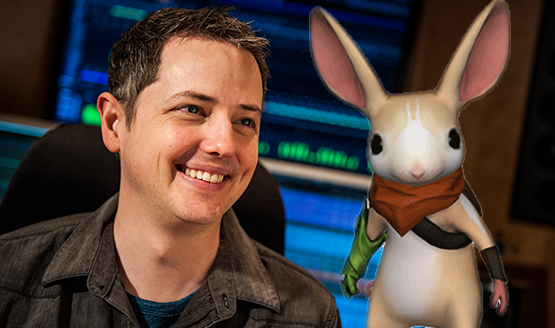Music is a powerful emotional tool. It can deliver a message, stir up an emotion, or evoke entire images. Iconic pieces of pop culture media are accompanied by music. If I say Jurassic Park, I’ll bet that most of you just started humming John Williams’ score to yourself (and if you didn’t before I mentioned the theme, you are now). Metal Gear Solid’s game over…








